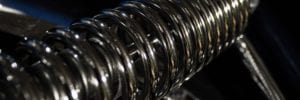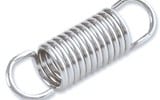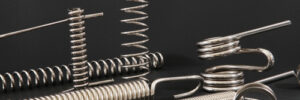
In the physics of spring design, the spring constant dimensional formula provides the appropriate equation necessary to meet the application requirements of a particular type of spring—such as a compression or extension spring. A dimensional formula relates fundamental units like meters and kilograms into dimensional quantities such as mass and length to express an equation… Read more »










